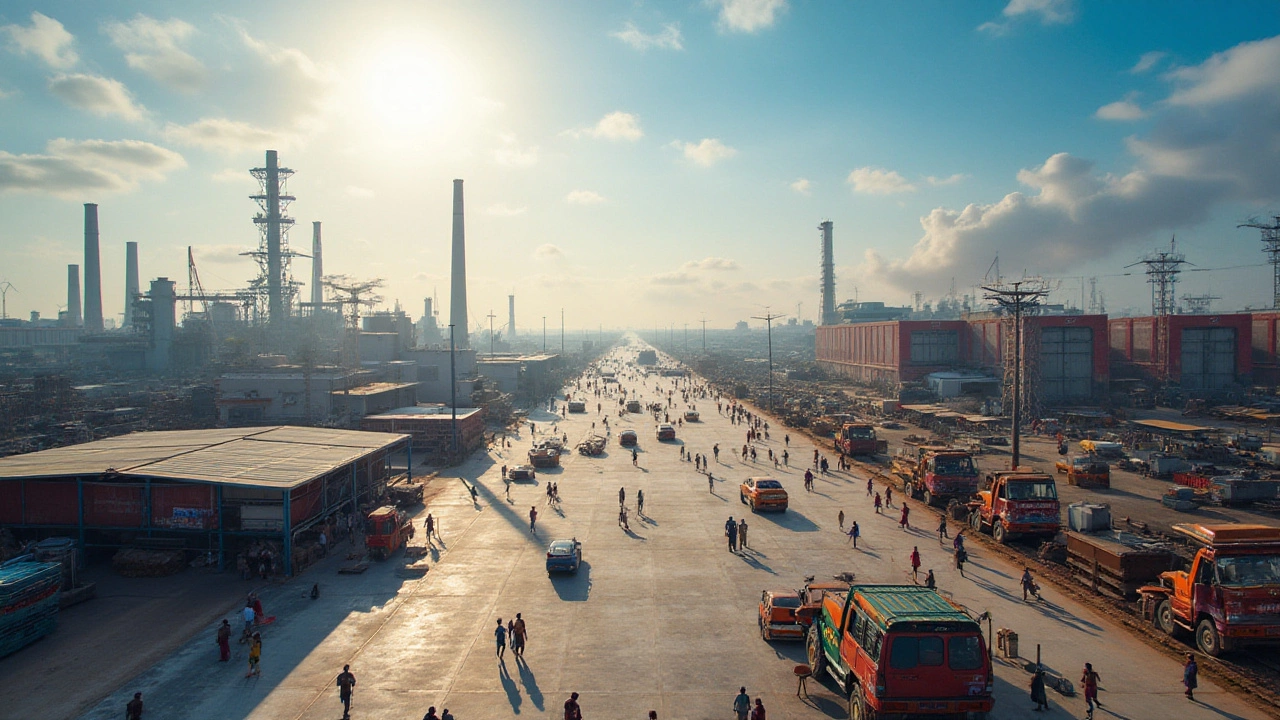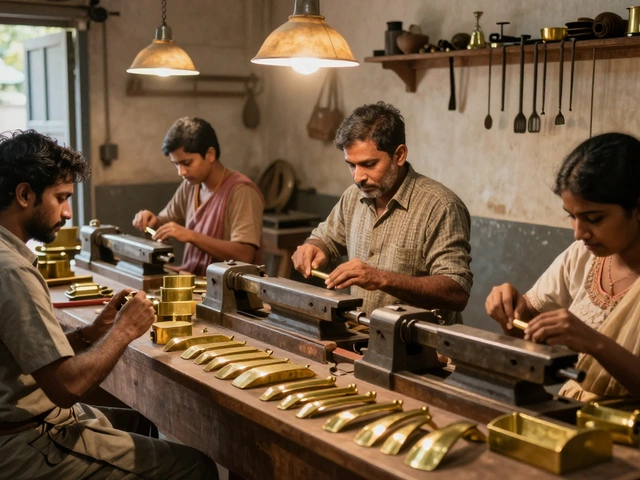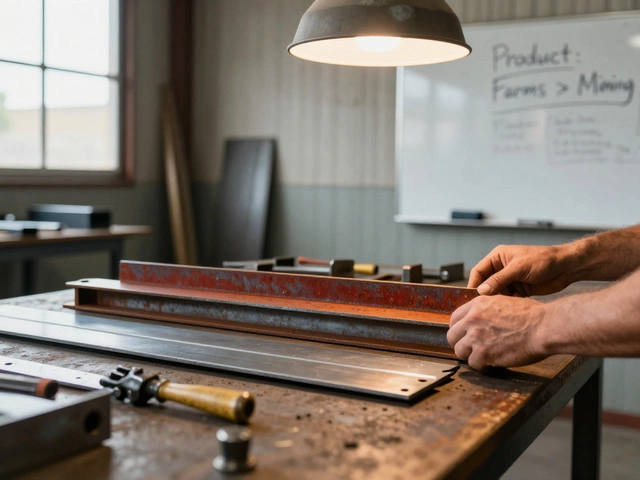Factory Construction Costs: What You Need to Know in 2025
Building a new plant feels like a giant puzzle. Every piece—land, steel, labor, permits—adds up, and a missed piece can blow the budget. This guide breaks down the main cost buckets and shows you where you can save without cutting corners.
Major Cost Categories
Land and site preparation are the first line items. Prime industrial zones command higher prices, but they also bring better logistics, power supply, and workforce access. If you can secure a plot on the outskirts of a city, you often get lower rates and still stay within a reasonable distance to roads and ports.
Structure and materials follow. Concrete foundations, steel frames, and roofing make up the bulk of the spend. In 2025, pre‑engineered metal buildings have become popular because they cut both material waste and erection time. Ask suppliers for modular options that fit your layout; they usually cost less than custom‑cut steel.
Equipment, utilities, and internal fit‑out are where the numbers climb quickly. Process machines, HVAC, fire suppression, and waste‑treatment systems each need separate budgeting. A good trick is to map every piece of equipment to its power draw and work with the utility provider early. You’ll avoid surprise surcharges for extra transformers or backup generators.
Labor and contractor fees vary by region. Urban areas have higher wages but also more qualified crews. Rural locations may need to bring in skilled workers, which adds travel and accommodation costs. Always compare at least three contractor bids and check their safety record; a cheaper bid with poor safety can stall the project and raise insurance premiums.
Permits, approvals, and compliance are non‑negotiable. Zoning clearances, environmental impact assessments, and fire safety certificates each carry fees and waiting periods. Start the paperwork as soon as the land is identified—delays here are a common source of overruns.
Practical Ways to Reduce Expenses
First, build a detailed cost model before you break ground. Use a spreadsheet that separates fixed costs (land, permits) from variable ones (labour, material price fluctuations). Updating the model weekly keeps you aware of creeping changes.
Second, negotiate bulk discounts on steel, cement, and electrical wiring. Suppliers love large orders, and a 5‑10% discount on high‑volume items can shave lakhs off the total.
Third, consider phased construction. Start with the core production area, then add offices or extra storage later. This spreads out cash flow and lets you generate revenue from the first completed line while the rest of the plant is still being built.
Fourth, adopt lean construction principles. Schedule deliveries just‑in‑time, reduce on‑site inventory, and use prefabricated components. Less material on the floor means fewer handling losses and a safer site.
Finally, audit the project every month. Track actual spend against the budget, flag any line items that exceed 10% of the estimate, and take corrective action immediately. A small tweak now can prevent a major overrun later.
Remember, factory construction costs aren’t set in stone. With clear categories, a solid cost model, and disciplined monitoring, you can keep your plant on schedule and on budget. Use these tips as a checklist, and you’ll see the numbers stay where you expect them to be.
Top Affordable Locations for Setting Up Factories with Government Incentives
Exploring the best and most economical places for factory setups can unveil opportunities where manufacturing costs are minimized due to favorable government schemes. Various regions stand out due to their lower labor costs, better infrastructure, and government incentives. This article delves into the economic landscape, highlighting regions that offer manufacturers optimal conditions for operations. It also examines how these locations can influence the broader manufacturing strategy and business scalability.
Read More




